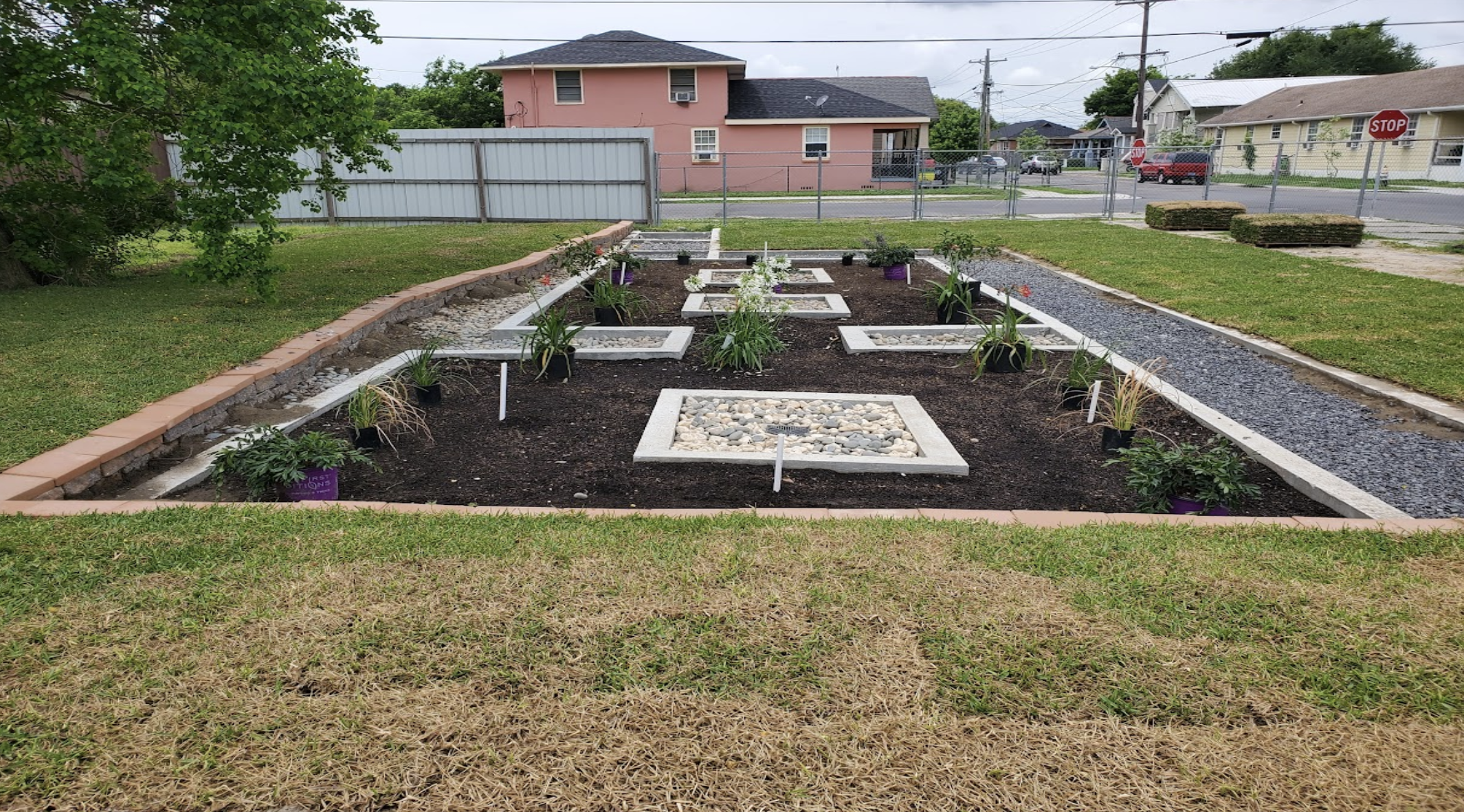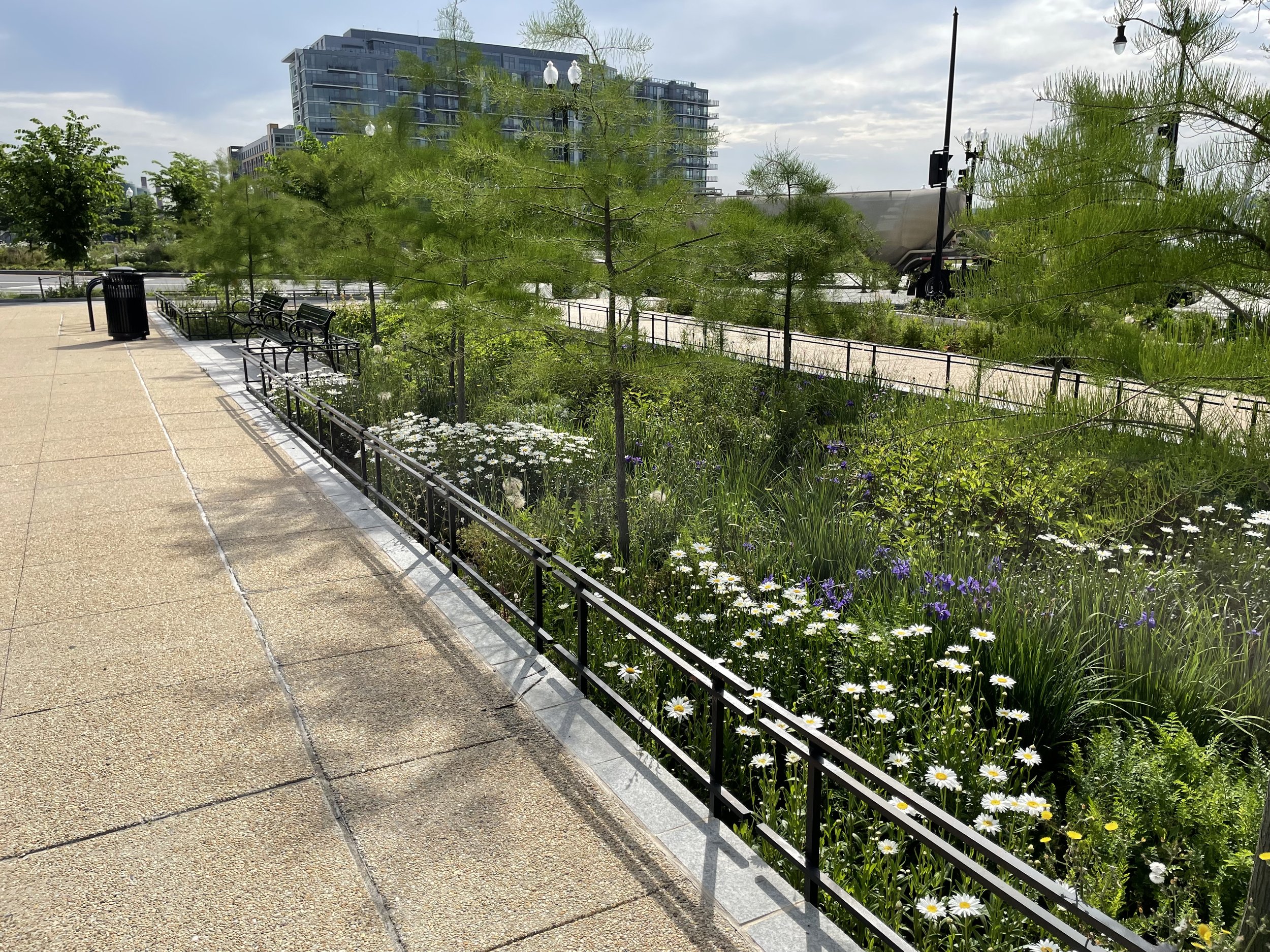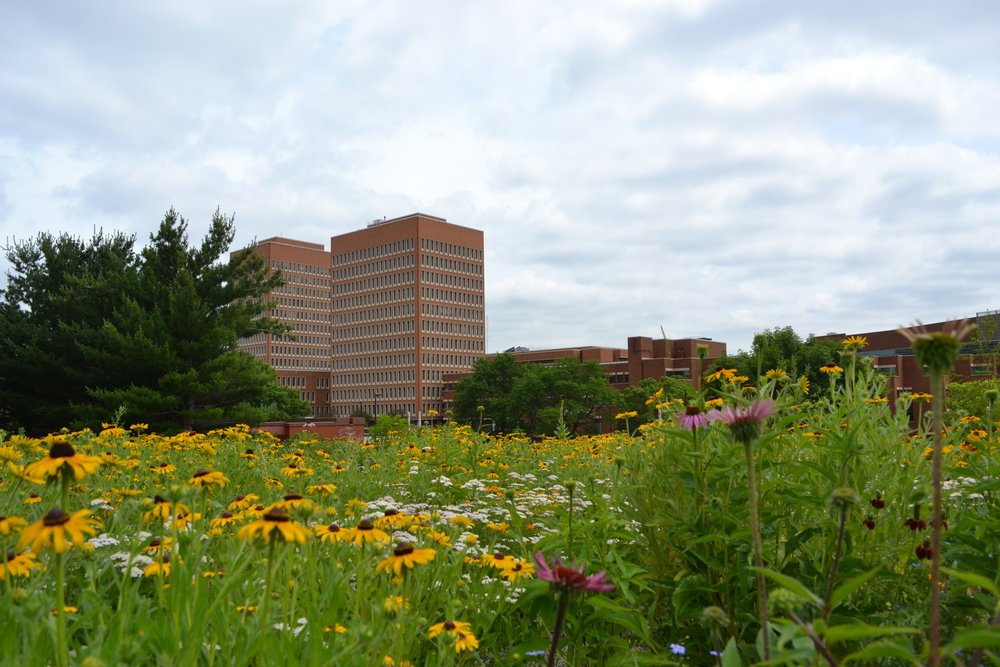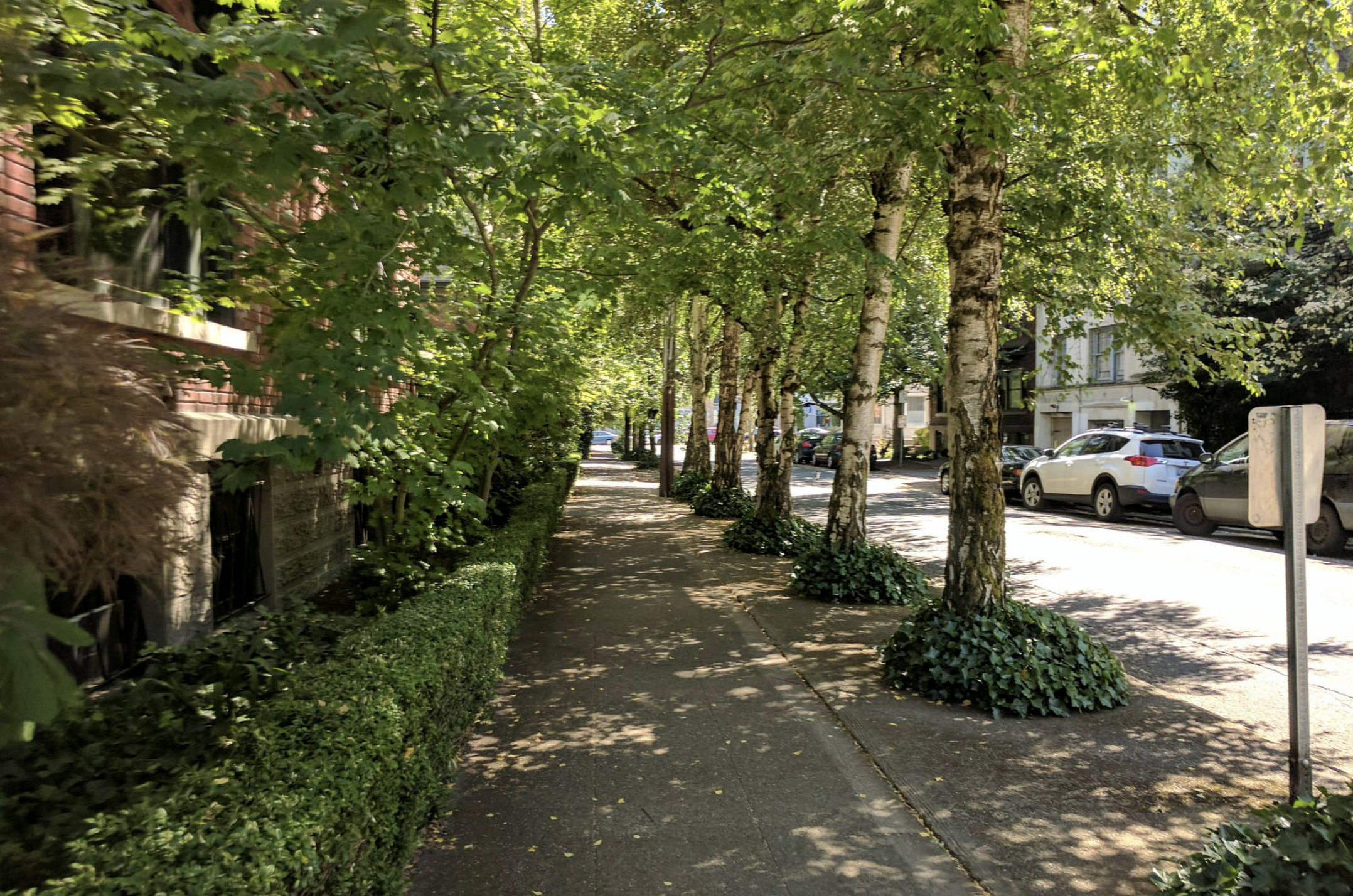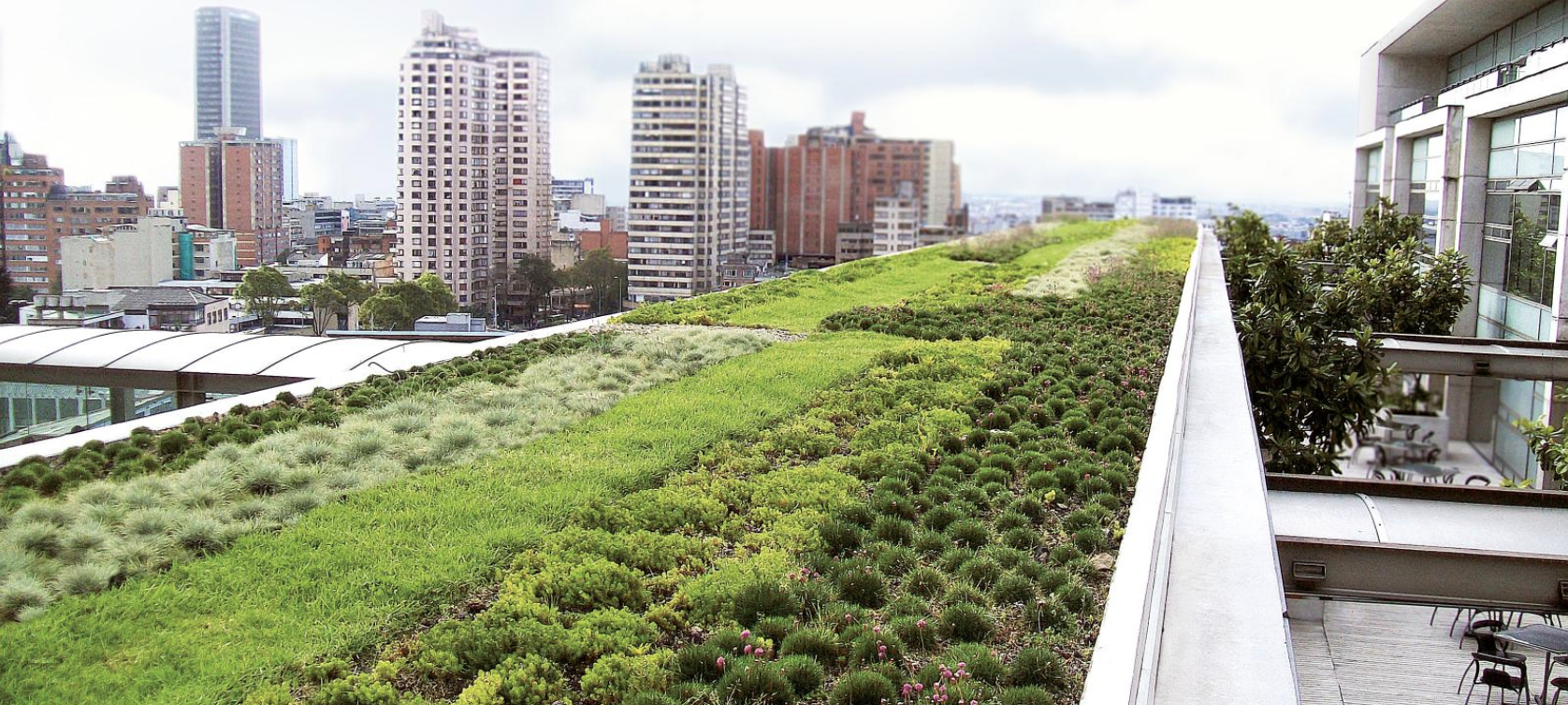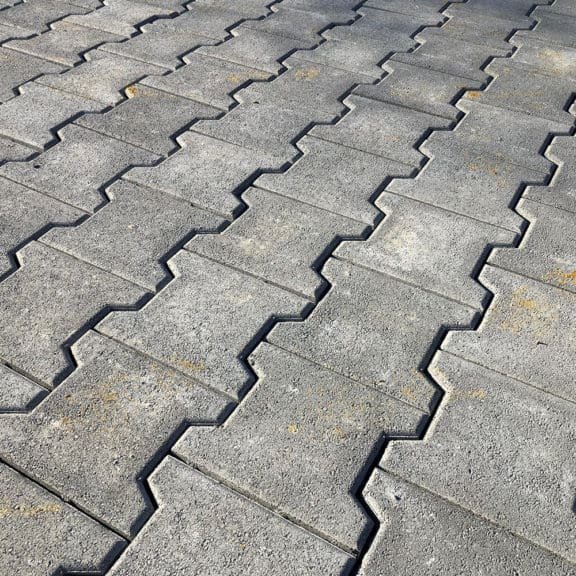As Climate Disasters Worsen, We Need Spongy Solutions to Weather the Storms
The 2024 Atlantic hurricane season is shattering records. Hurricane Milton, one of three hurricanes to form simultaneously in October for the first time, was also the fastest hurricane to intensify into a Category 5 storm in the Gulf of Mexico. It slammed through Florida, killing at least 13 people and causing billions in damage. Many of those same communities were still reeling from Hurricane Helene, which struck just two weeks earlier, devastating six Southeastern states and claiming over 220 lives, making it the second deadliest U.S. hurricane in 50 years.
Flood waters inundated the main street after Hurricane Helene passed offshore on Sept. 27, 2024 in Crystal River, FL. From USA Today, Image by Joe Raedle, Getty Images
Clearly, we’re living in an unnatural and horrific new normal fueled by climate change.
Despite the staggering death toll and property damage, FEMA lacks sufficient funding to cover the remaining hurricane season. Given the escalating frequency and intensity of these storms, it’s time to rethink how we respond to them–and the catastrophic flooding that follows–and ask, how do we prepare for hurricanes long before they arrive?
Beyond cutting our fossil fuel use, a key solution is eliminating generations of poor infrastructure design. Our cities are full of impervious surfaces. Concrete is the most-used building material in the world, and swaths of it cover cities, preventing water from infiltrating into the ground. As a result, runoff flows uncontrollably during storms, causing flash floods, erosion, and the destruction of entire communities, as we witnessed with Hurricane Helene.
No solution can fully prepare a region to redirect 40 trillion gallons of rain within the span of a week. But, if this is our new reality, we must urgently embrace practical fixes and convert our traditional, impervious infrastructure into smarter surfaces that can manage massive, recurrent flooding. Luckily, an urban design concept modeled for this task already exists: sponge cities.
The idea behind “sponge cities” is simple: just like a kitchen sponge absorbs water, urban areas can be designed to soak up stormwater. It’s an inexpensive and scalable approach with the potential to recycle up to 70% of rainwater. Earlier this year, Los Angeles successfully deployed a sponge-city approach and handled nine inches of rain over three days—more than half the city’s annual rainfall. Not only did the city avoid disastrous flooding, but it also collected nearly nine billion gallons of water for 100,000 households.
Sponge city concepts are a form of Smart Surfaces—urban designs that absorb and retain excess water while reducing urban heat islands and water pollution. Solutions like rain gardens, bioswales, urban meadows, increased tree canopies, green roofs, and permeable pavements are all part of this green infrastructure approach. These nature-based designs not only manage stormwater but also cool cities through evapotranspiration, which can be a life-saver against extreme heat, the top weather-related killer in the United States.
In June, New York City improved its stormwater resilience by completing a $16.6 million project in the Rockaways, one of the areas hardest hit by Superstorm Sandy. The project installed 11,000 square feet of permeable concrete along curbs, capable of absorbing 1.3 million gallons of water and preventing it from overwhelming the sewer system. The city also installed seven miles of permeable pavement in Borough Park, a neighborhood that faced severe flooding during Hurricane Ida in 2021.
Example of a sponge city infrastructure design. From ResearchGate. Figure source: Frontiers in Environmental Science.
These installations highlight the potential of sponge cities to protect vulnerable communities but also reveal the challenge of scale. To be effective, 5-10% of urban areas must be converted to spongy surfaces, a goal achievable through strategic placement along roads, sidewalks, and in public spaces.
To ensure these solutions are widespread, policymakers must provide robust support at the local, state, and federal levels. Federal funding from the Inflation Reduction Act and the Bipartisan Infrastructure Law offer a promising start. Combined, these laws provide nearly $2 trillion for infrastructure improvements and have already provided billions for projects in states hit hardest by these recent hurricanes. For example, the Central Midlands Council of Governments in South Carolina recently received an $8.7 million EPA grant to implement Smart Surface projects on public land.
Local and state policy changes are just as important. Dallas recently passed a 2024 Bond Comprehensive Environmental and Climate Action Plan Resolution to reduce 2015 greenhouse gas emission levels by 43% by prioritizing carbon-neutral city construction and enhancing resilience through green infrastructure. Initiatives such as these recognize that public safety is inherently linked to our built environment, and can serve as a model to transform our urban surfaces, something Baltimore has begun through its tree protection ordinance and ambitious plans to turn hot, desolate cityscapes into cool urban meadows.
For too long we’ve been reactionary as climate disasters grow more frequent and severe. We must modernize our outdated urban infrastructure that exacerbates flood and heat risks and shift to smarter, more resilient designs that can weather the storms ahead. In doing so, we can create homes, neighborhoods, and cities prepared for our new normal.
Examples of sponge city designs:
– Greg Kats is founder and CEO of the Smart Surfaces Coalition, which works to decrease urban heat and flooding, helping cities thrive despite the ongoing threat from climate change.




